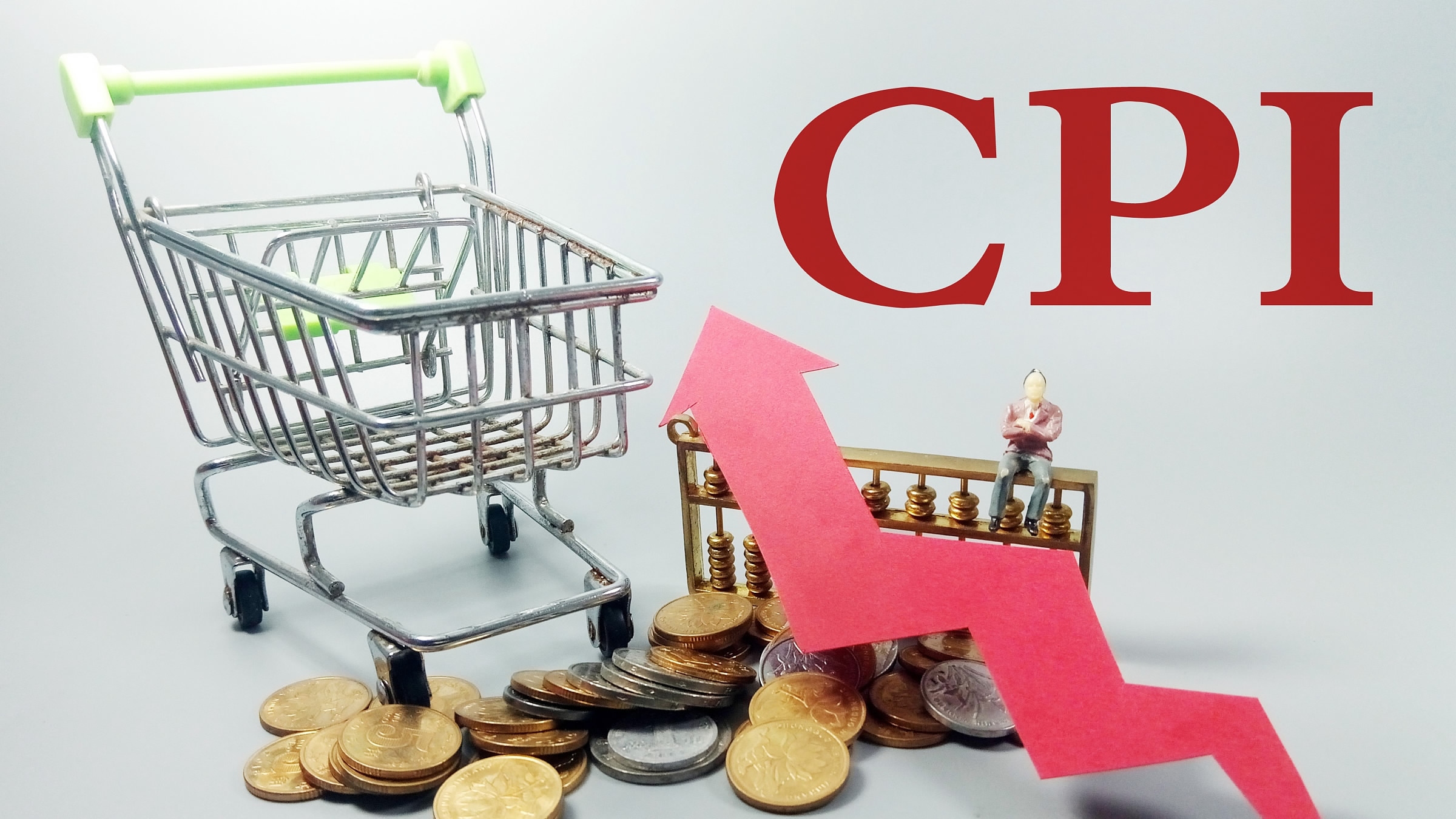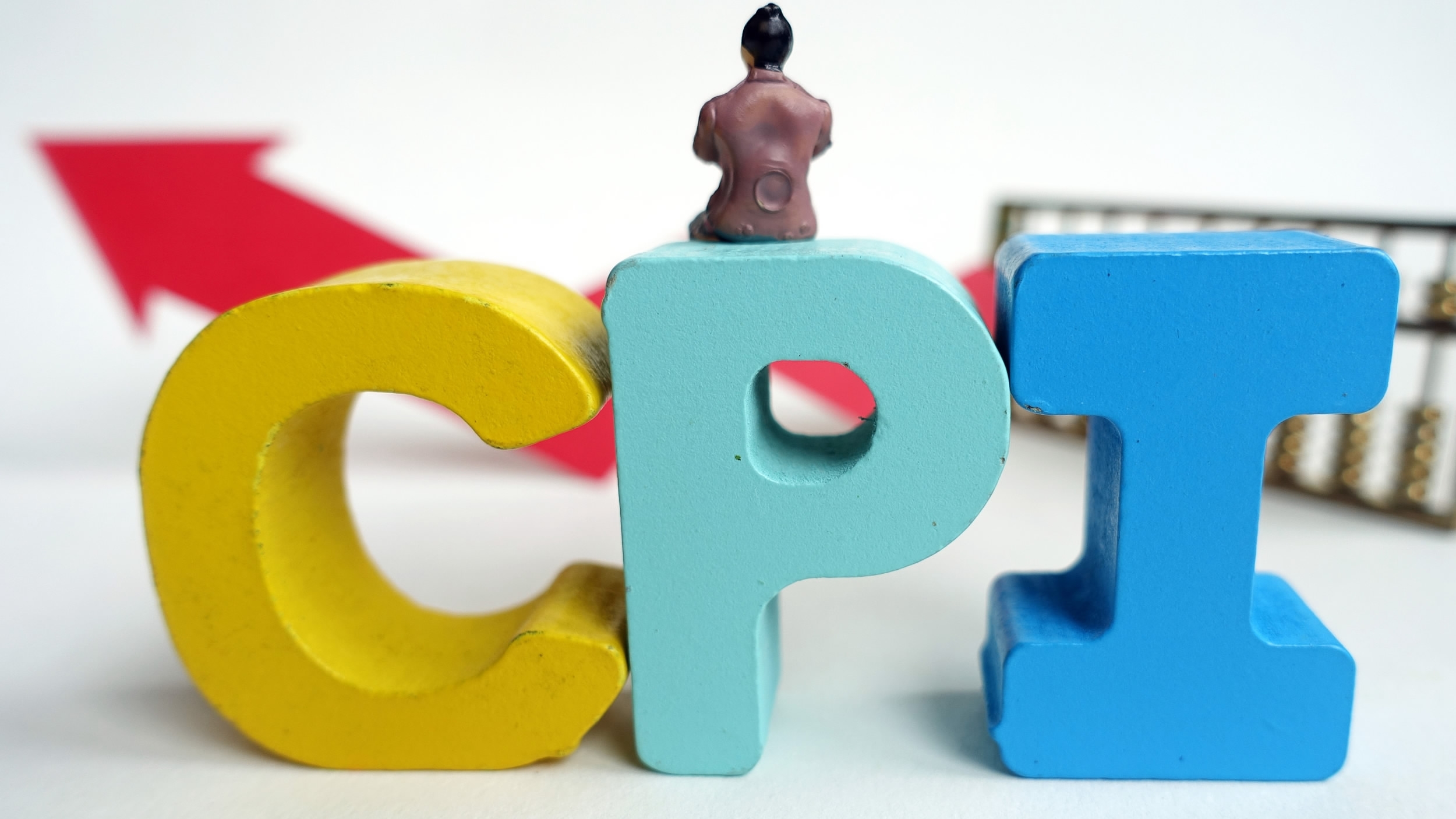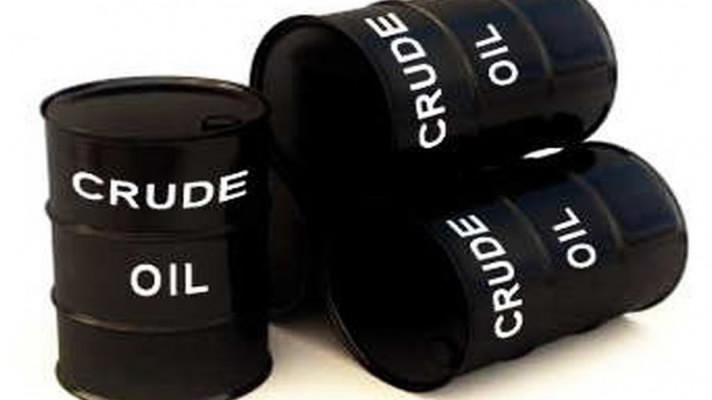
China
11:16, 09-Nov-2017
China CPI and PPI up in October, experts' interpretation
By Song Yuanyuan

China's consumer price index (CPI) and producer price index (PPI), rose 1.9 percent and 6.9 percent year on year in October respectively, according to the data released by National Bureau of Statistics (NBS) on Thursday.
Mild increase in CPI on monthly basis
The pace of CPI, a main gauge of inflation, accelerated from September's 1.6 percent. On a monthly basis, the index was up 0.1 percent, showing a stable trend, according to NBS.
Food price is a major component of CPI. The prices of fresh fruits and fresh vegetables rose 0.7 percent and 0.4 percent respectively. After the National Day holiday, the demand dropped. The price of eggs dropped 5.4 percent. The prices of seafood and pork dropped 0.6 percent and 0.1 percent respectively.

/VCG photo
/VCG photo
Non-food prices rose 0.1 percent, an increase of 0.4 percentage points from the previous month.
Among them, the prices of energy products such as diesel, gasoline and liquefied petroleum gas increased by 3.4 percent, 3.2 percent, and 2.3 percent respectively. It was as a whole a 0.08 percentage point increase in the CPI.
Apparel seasons, clothing prices rose 0.5 percent, affecting the CPI to rise 0.04 percentage points.
Air tickets, travel agency fees fell 9.1 percent and 2.7 percent, respectively, impacting the CPI falling about 0.08 percentage points in total.
PPI increase slowed from last month, still quite high for months
PPI, which measures the cost for goods at the factory gate, dropped 0.3 percentage points from last month.
The price of means of production rose 0.9 percent, down 0.4 percentage point from the previous month; the price of living materials rose 0.1 percent, the same for three consecutive months.
Concerning major industries, the oil and natural gas exploration industry and oil processing industry increased by 5.1 percent and 3.2 percent respectively.
Decreasing bulk prices and appreciated RMB explains the declining trade in October
"Notably, in the composition of PPI figures, ferrous metal smelting and rolling processing industry started to fall, which also explained the decrease of imports of iron ore and steel in October," Sun Chao, vice general manager of the Fixed Income Department at the Changjiang Securities, told CGTN.
Official data shows both imports and exports have declined in October. Chinese currency’s appreciation has to some extent affected the decreasing exports, besides seasonable reasons, such as the National Day holiday, Sun pointed out. "In addition, it also shows the weak demand as the property market cools down in China with strict regulation."

illustration of housing market/VCG photo
illustration of housing market/VCG photo
No inflation pressure throughout the year
"The CPI and PPI trend is basically in line with market expectation. October has seen that the increase of production material price is notably bigger than living material price, showing than the transmission impact of PPI on CPI is quite limited in China," Xiong Yuan, a macro research fellow at the International Monetary Institute of Renmin University told CGTN.
"PPI though slowed a little bit, it still maintained quite high level for months, this is mainly due to shrinking supply instead of increasing demand, and also environmental limit production which pushes up the raw materials. This is the most important reason why there will be no inflation pressure this year," said Dr. Xiong.
Looking ahead, the CPI will not break 2 percent at the end of the year. And it will be kept around 2 to 2.2 percent throughout year 2018, he added.
Dr. Xiong said it should be noted that due to the environmental limit production will be the keynote of sustainable development in China, and with the increasing crude oil price, PPI will for a long time keeps high level.

Crude oil illustration/ Photo from mitchellorg.net
Crude oil illustration/ Photo from mitchellorg.net
Taken these macro-economic factors into account, and China’s stable GDP growth expected to hit 6.8 percent this year, internationally, high market expectations are high for Fed’s December rate hike, the Chinese central bank will more likely tighten monetary policies, focusing on "deleveraging, risk prevention, and bubble prevention."

SITEMAP
Copyright © 2018 CGTN. Beijing ICP prepared NO.16065310-3
Copyright © 2018 CGTN. Beijing ICP prepared NO.16065310-3